Top speed 88 km/h Cruise speed 56 km/h Manufacturer Parajet | Range 322 km Engine type Inline-four engine Number of seats 2 | |
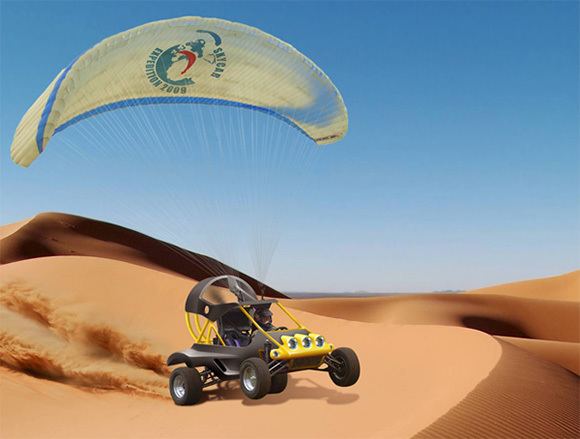 | ||
Unit cost 98,038–98,038 USD (2009), 60,000–60,000 GBP (2009) | ||
Parajet skycar
The Parajet SkyCar is a roadable aircraft (or PAV), now in production, developed by British paramotor manufacturer Parajet. It utilises a paramotor and a ParaWing (a parafoil) attached to a road worthy vehicle to achieve sustained level flight. Should the engine fail, the vehicle can glide back to the ground. In the event of catastrophic wing failure, car connection system failure or mid-air collision, an emergency ballistic reserve parachute would be deployed. It requires three minutes to convert it from a car to an aircraft. The prototype model runs on biodiesel and is fully road-legal.
Contents
- Parajet skycar
- Parajet skycar the flying car maiden flight
- Skycar Expedition 2009
- Flight Mode Specifications
- Car Mode Specifications
- References
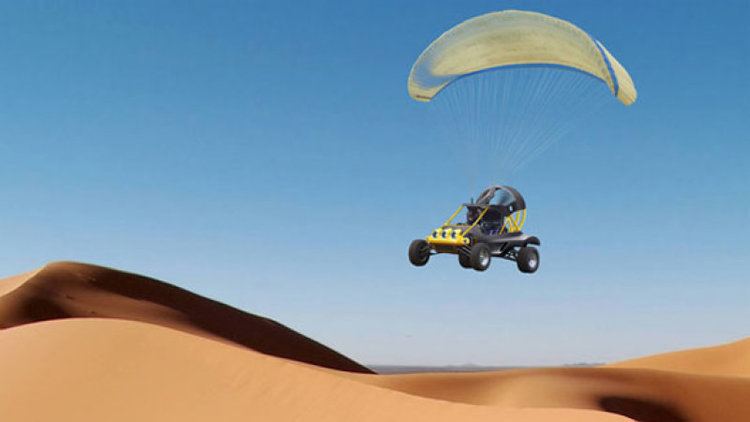
Parajet skycar the flying car maiden flight
Skycar Expedition 2009

An expedition team led by Neil Laughton set out on 15 January 2009 to fly and drive the SkyCar from London to Timbuktu. After the Civil Aviation Authority failed to grant permits in time due to confusion over how to categorise the SkyCar, the team decided to start flying the SkyCar from northern France, however this was also not possible without permission from the CAA and the skycar was driven to southern Spain. After a couple of embarrassing false starts Neil Laughton managed to fly across the Straits of Gibraltar damaging the car on landing in Morocco. After repairs the car was driven to Mauritania where the team made a couple of short flights. Although the car was designed for two people it never flew successfully with more than a driver / pilot. The flying portion of the expedition eventually ended when inventor Gilo Cardozo crashed into a tree in the sparsely vegetated desert while attempting to take-off for a third flight. The team deemed the expedition successfully completed on 25 February 2009 despite flying only a tiny fraction of the 9000 km and returned the Skycar to Wiltshire, England.
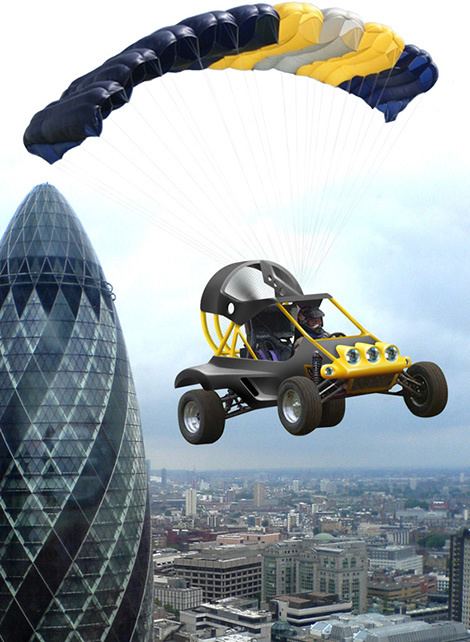
Parajet are taking deposits for the public to purchase the production version of the vehicle for £50,000 each. Customers are able to order and reserve one of the first 50 SkyCars to leave the production line, planned for late 2010.
Flight Mode Specifications
Data from ParaJet Automotive
General characteristics
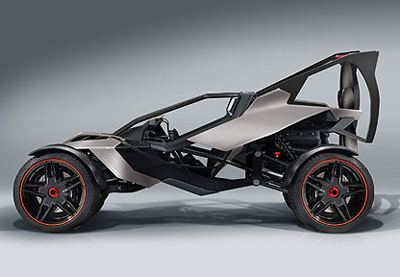
Performance
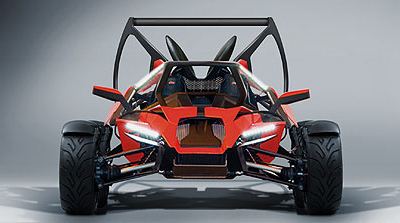
Car Mode Specifications

